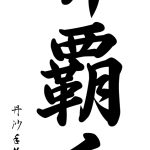
The concept of Shichi ten hakki (or Nana korobi ya oki) is a Japanese proverb that translates to “fall seven times, stand up eight.” It represents resilience, perseverance, and the indomitable spirit that encourages individuals to keep moving forward despite … Continue reading






















